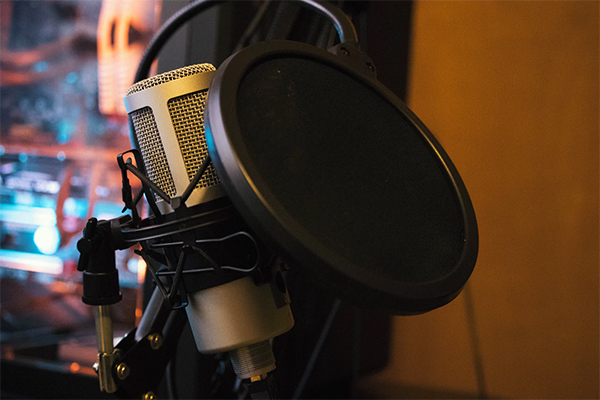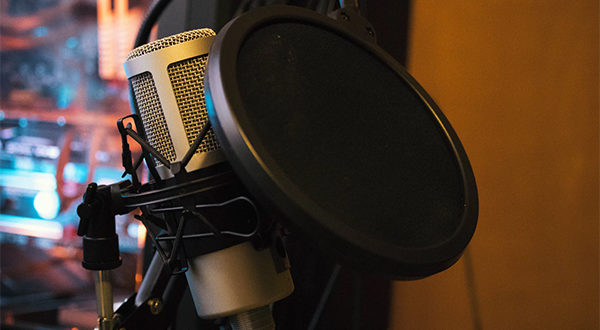All too often people are so focused on recording videos that have excellent quality that they forget that the audio they’re recording is part of the video as well – and its quality matters just as much. In fact it is crucial that you take steps to make sure your audio sounds crisp and clear or it could reflect poorly on your video.

If you intend to start recording better quality audio for your video, there are three important tips that you should follow:
- Find a better microphone to record the audio
The fact of the matter is that if you rely too heavily on the built-in microphone in most video cameras or smartphones – you’re going to be disappointed with the audio quality. Instead of that if you upgrade to a mid-range external microphone, you’ll find the results are far better.
Ideally you should try to use the right type of microphone when recording audio for a video. For example a shotgun microphone is great if you want to record the audio coming from a certain location, whereas a lavalier microphone is a convenient (and less visible) option to record audio from a person.
- Conduct a test recording beforehand
Prior to actually recording the video you should conduct a test recording so that you can identify any issues. Although you may feel that the location you picked is quiet and won’t pose any issues, the reality of what your microphone picks up could be very different.
- Try to minimize as much of the background noise as possible
Eliminating all background noise may be close to impossible – especially in outdoor settings. That being said you can try to minimize it as much as possible by tracking down some of the sources of the noise such as electrical appliances.
Another option that you could consider is to record the audio separately and add it to the video later. That way you could find a truly quiet location, or a room that you soundproofed somewhat.
As a final resort if you’re unable to record audio that has a decent quality, you may want to think about removing the audio track entirely and replacing it with background music. For example you could do that in Movavi Video Editor by following the steps at https://www.movavi.com/support/how-to/how-to-join-music.html.
Overall the tips listed above should let you start to record better quality audio, but as you can see there are many factors that will have a part to play. Some audio issues can be taken care of in post-production, but it will require a bit of skill to adjust the audio levels and remove enough background noise from the audio.
 CoalesceIdeas Web and graphic design ideas for inspiration
CoalesceIdeas Web and graphic design ideas for inspiration




